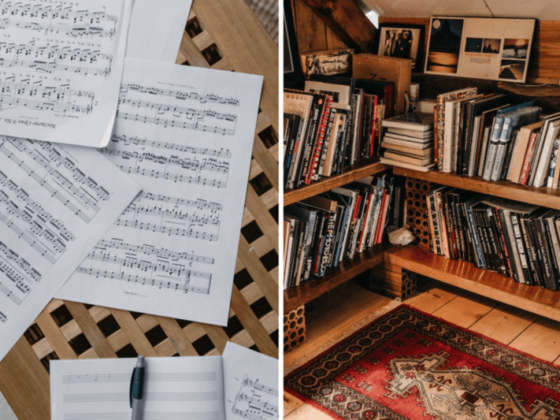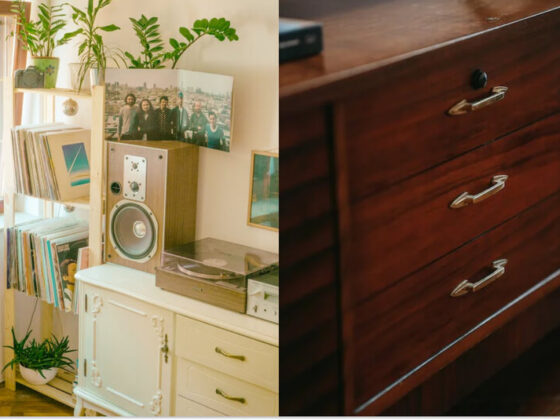Moving with a piano is no small feat. It takes time, work, money, patience, and a lot of care to ensure your instrument gets from point A to point B without a scratch.
Maybe your piano has sentimental value. Perhaps it’s one of a kind, you just bought it, or it’s not from one of those low-end brands, and it’s worth the trouble.
Whatever the reason, you’re switching addresses and have decided to take the piano with you. However, there are a few things you need to know to avoid a bad experience.
What Makes Moving With a Piano Hard
A piano isn’t like other instruments. It’s big, usually expensive, and a lot more fragile than most people believe.
Moving a piano is a lot like moving a piece of furniture, only you have to be even more careful with how you wrap it, pack it, and move it.
Most people move their own pianos for two reasons. They either don’t trust movers or want to manage the moving costs.
But this can become more costly and complicated than you think.
What’s the Solution?
Your best bet for moving a piano without damaging it, losing, or breaking your back is to hire professional movers.
Movers with experience in handling pianos like Three Movers have the right equipment for the job.
They know how many people to deploy, what truck or trailer to use, how to strap and secure your piano, and can even give you some tips.
But most importantly, piano movers can help you relocate your piano over great distances while ensuring a smooth and safe ride.
In addition, movers handle the loading and unloading process.
That way, you don’t have to strategize about lifting the piano, putting in a trailer, getting it out, or maneuvering around tight corners, stairwells, narrow pathways, etc.
Of course, hiring piano movers won’t solve all of your problems. There’s a lot you need to know before the movers get there and how to find the right movers for your piano.
Here are some tips.
1 – Take Accurate Measurements
Pianos affect the weight distribution of a moving truck more than other large items. For that reason, it’s important to know how much your piano weighs and its height and width.
If you want to create it, this will help pick out the right container. If you want an accurate moving quote, size and dimensions will produce a more realistic estimate.
2 – Wrap Your Piano
No matter how you move it, you should always wrap your piano in protective materials.
Use a cloth to protect the wood and prevent scratching. You can use bubble wrap over the cloth to safeguard it against scratching and chipping.
If you’re moving with a grand piano, you’ll want to wrap the keyboard cover in soft fabric before wedging it shut.
3 – Take It Apart When Necessary
While moving an upright piano is easy, moving a grand piano isn’t. In fact, it makes even the prep work a bit harder.
Here’s what you need to know.
You must remove the lid and legs of the piano. Transporting it disassembled is much safer. It makes the piano more compact and eliminates issues of instability during the move.
As for everything else, each element of the piano should be wrapped for extra protection.
4 – Get Some Moving Blankets
Many materials can do a good job protecting your piano when you move it.
However, few of them are as efficient as good old-fashioned moving blankets.
A grand piano can benefit greatly from being wrapped in moving blankets. In addition, you could also place moving blankets on the bottom of the truck or trailer used by the movers.
5 – Get Your House Ready to Move the Piano
Usually, movers will enter your home, prepare the piano, take it out, load it onto the truck, and take it to the agreed-upon destination.
But before the movers get there, you should make room for them to work.
For example, you should remove the carpets and clear some of the furniture that might be in the way. You can also start disassembling the piano if it can’t be moved as is.
Depending on where your piano is, its type, size, and how much it weighs, movers might need to use special equipment to get it out of the house.
Clear a path so everything can go smoothly.
6 – Use a Dolly
If you can’t wait for the movers or you must relocate the piano yourself until they arrive, always use a dolly.
We really like this piano dolly on Amazon. It’s very sturdy and high-quality.
Whether moving it across flat surfaces, upstairs or downstairs, strapping your piano to a dolly is the safest way to handle such a large instrument.
7 – Consider the Unloading Process
Say you did the math, and your piano can be easily removed from your home and loaded into a truck.
Have you considered what happens after you unload it at the new location? What if the piano’s too big to fit through the doorway?
Don’t make any packaging and crating decisions before assessing the requirements of the loading and unloading process.
Sometimes it’s better to disassemble the instrument and reassemble it later if it makes life easier for the moving process.
You’d hate to get to your new place only to realize you have to take the piano apart to push it through the door.
Communicate With Your Movers
If you’re still struggling to figure out the best way to move your piano, don’t hesitate to ask your movers for help.
Maybe some will give you step-by-step packing instructions. Perhaps they can even lend a hand and take the piano apart from you.
But even if those services aren’t available, you should still coordinate with specialized movers to learn about common mistakes and how to avoid them.
Ultimately, it’s probably more convenient to move with your piano than to spend countless hours finding a buyer, looking for a new instrument, or dealing with a moving service you didn’t choose personally.
Hopefully, these tips put piano relocations into perspective. If you need some ideas on what to play for good luck or as soon as you get to your new home, check out some more piano-related reads here.











